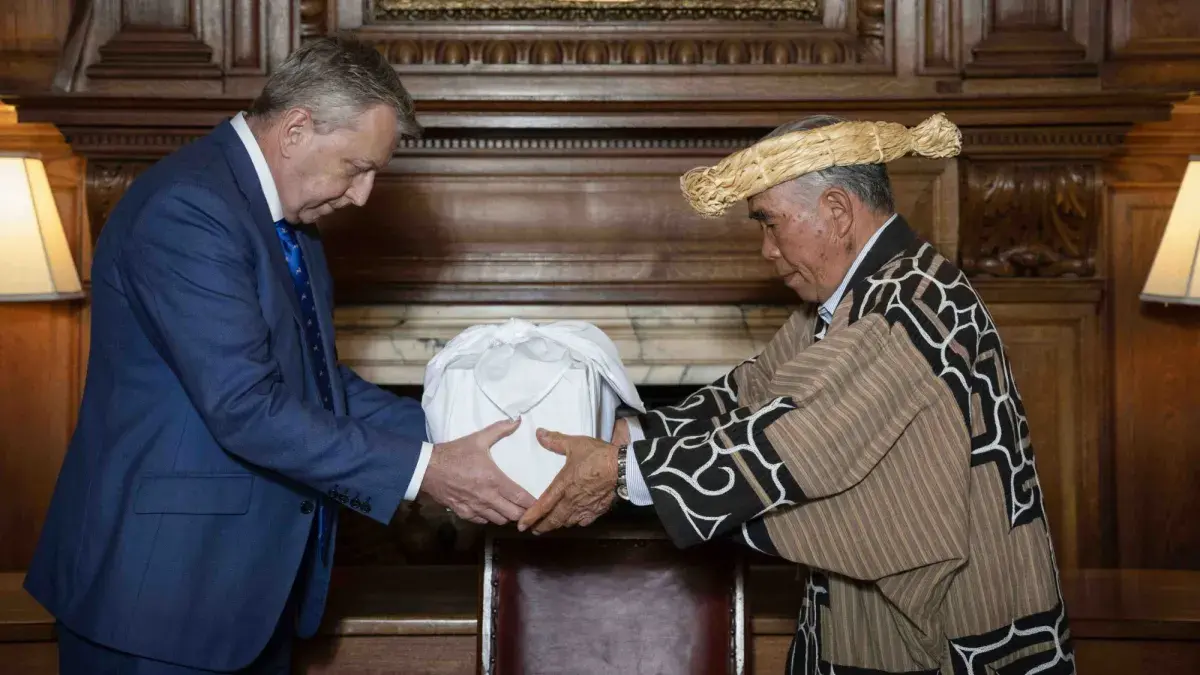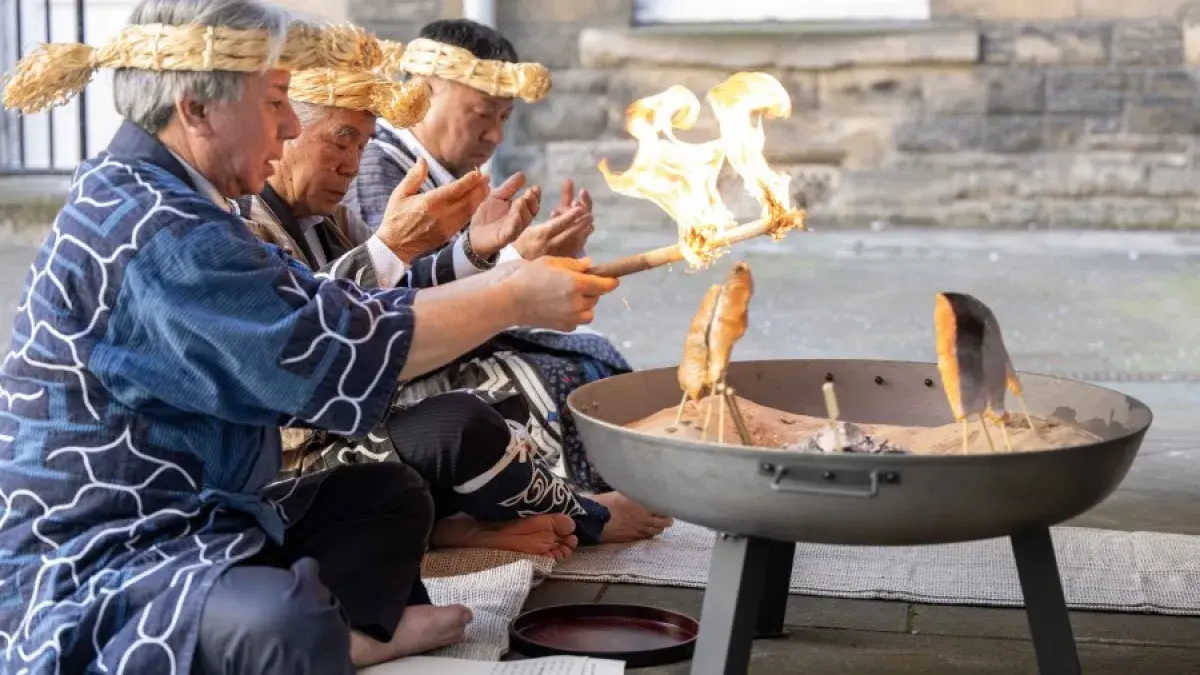Held at the University of Edinburgh’s Anatomical Museum for more than one hundred years, the Ainu Association of Hokkaido welcomed the return of their ancestors’ remains during a formal ceremony in Edinburgh on Wednesday 30 April.
Before the formal transfer, members of the Ainu community held a traditional ceremony at the University.
The Ainu are an indigenous group who predominantly inhabit the island of Hokkaido.
For centuries the Ainu lived in self-governing villages across northern Japan, maintaining a separate language and distinctive culture from the rest of the Japanese population.
Once returned to Japan, the ancestral remains will be interred at the Memorial Site that has been established in the Upopoy National Ainu Museum and Park, Symbolic Space for Ethnic Harmony – UPOPOY – in accordance with the Japanese Government’s guidelines for the repatriation of Ainu remains.
Anatomical Collection
The Ainu remains were donated to the University in 1913 by anthropologist, Dr Neil Gordon Munro, a Scottish-born physician and Edinburgh graduate.
Dr Munro worked as director of the General Hospital in Yokohama for much of his career and lived in Japan until his death in 1942.
He was said to be one of the first Westerners to extensively write and make records of Ainu culture. In the years before his death, Dr Munro stayed and lived in Hokkaido, providing free medical care to the Ainu community.
In 2001, the late Japanese senator Kayano Shigeru – a prominent Ainu activist – visited the home of the Munro clan in Scotland and posthumously thanked Dr Munro for his support of the Ainu people.



